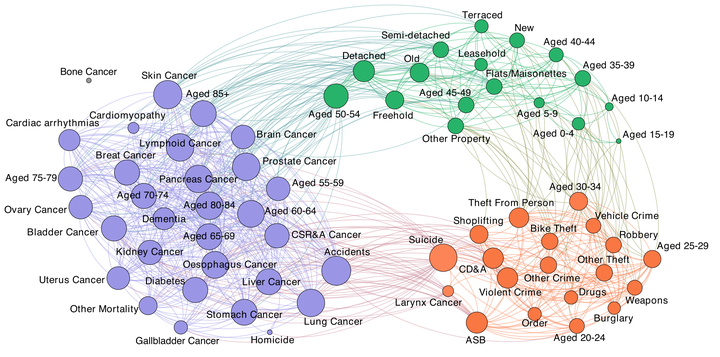
Abstract
This chapter revisits an attempt to incorporate rural and urban regions into a coherent and unified approach based on scaling relationships between indicator density and population density. We apply this approach across regions spanning a wide range of human settlements, finding that some types of indicators follow a single scaling law with population density, while others undergo transitions in urban environments such that the density scaling exponent may increase (accelerated scaling), decrease (inhibited scaling), or even become negative (collapsed scaling) in high-density regions. These urban scaling transitions occur at critical densities between 10 and 70 people per hectare in England and Wales, which may suggest the existence of an underlying universal mechanism. We further use this approach to define density scale-adjusted metrics, an extension of the concept of scale-adjusted metrics which allow an unbiased comparison of urban and non-urban indicators across regions with different population densities.